
DRONES OVER INDIA
Navigate through the rules governing drone flights in India, gaining an understanding of the crucial guidelines that ensure safety and compliance. Discover the limits that define responsible drone adventures, placing a strong emphasis on both safety and adherence to rules
DGCA
The Directorate General of Civil Aviation (DGCA) is the regulatory body in the field of Civil Aviation primarily dealing with safety issues. It is responsible for regulation of air transport services to/from/within India and for enforcement of civil air regulations, air safety and airworthiness standards. It also co-ordinates all regulatory functions with International Civil Aviation Organisation. (https://www.dgca.gov.in/digigov-portal/)
An “unmanned aircraft system (UAS)” refers to an aircraft that can operate without a pilot onboard. It can either operate autonomously or be controlled remotely by a pilot on the ground.
Categorisation of UAS
: Aeroplane,Rotorcraft & Hybrid UAVs
AEROPLANE
An aeroplane is a fixed-wing aircraft characterized by its ability to generate lift through the aerodynamic design of its wings. Propelled by one or more engines, the aeroplane achieves forward motion by utilizing the force of thrust generated by its propulsion system, facilitating controlled flight.
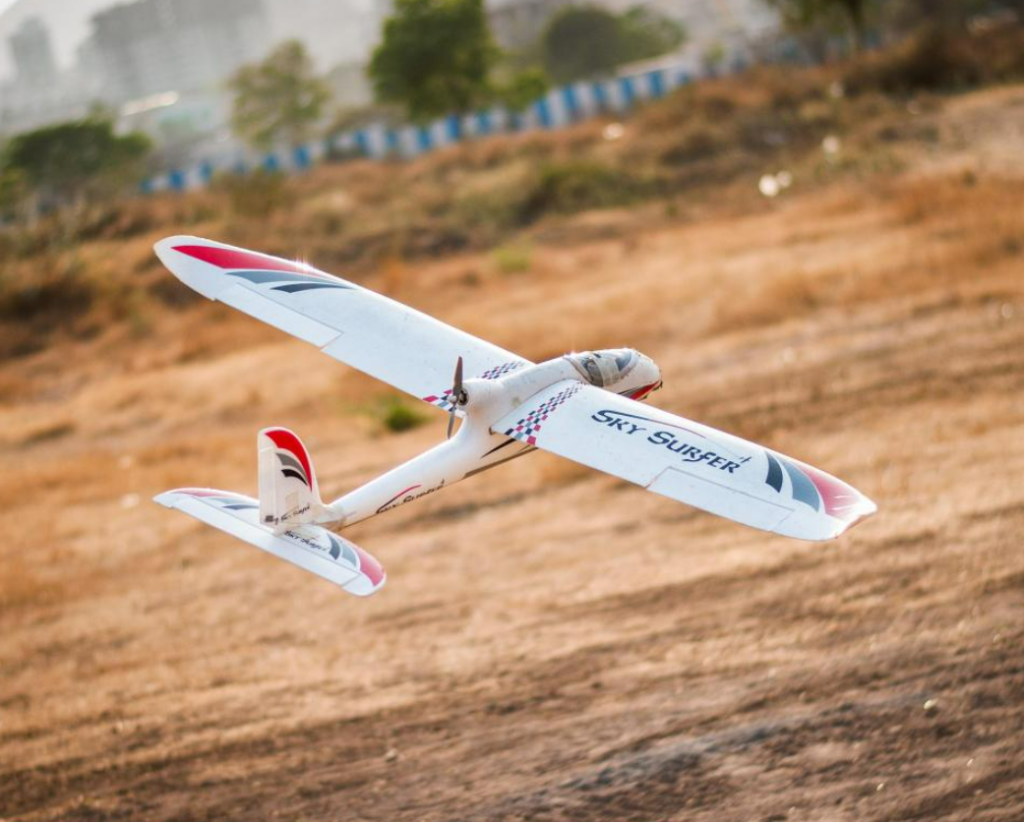

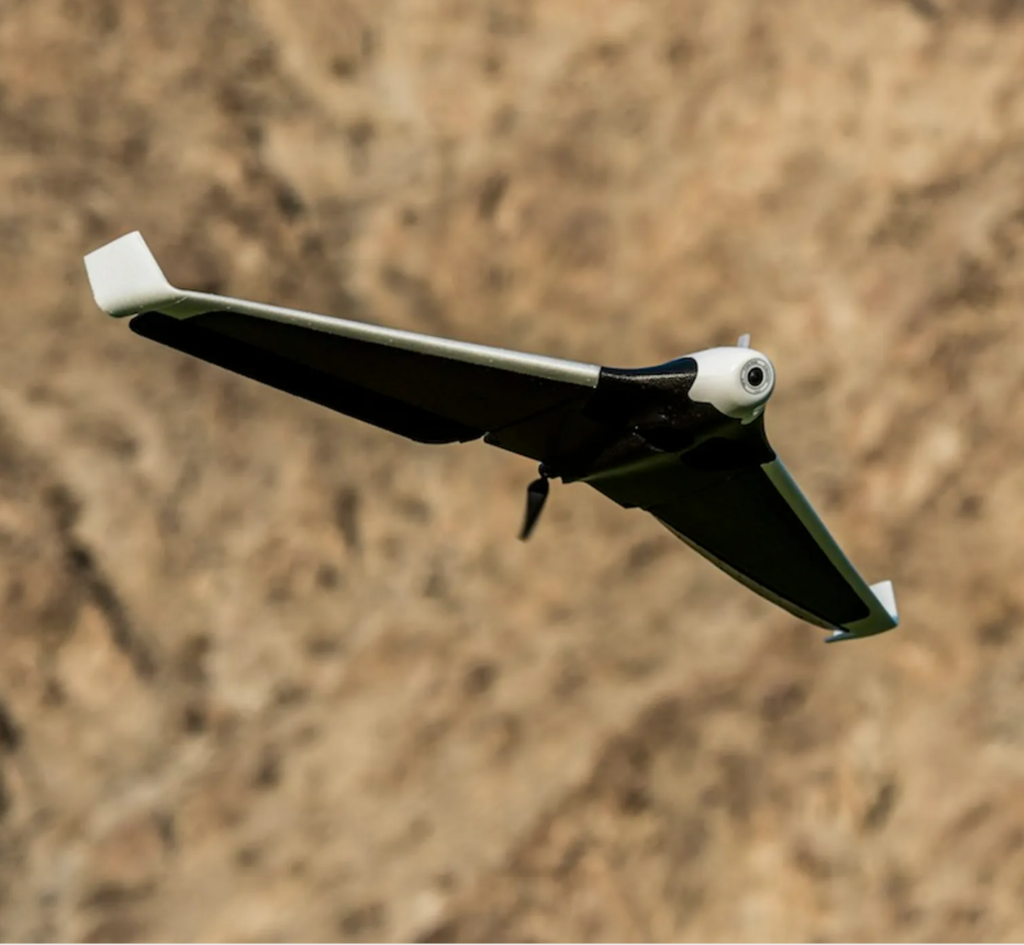






ROTORCRAFT
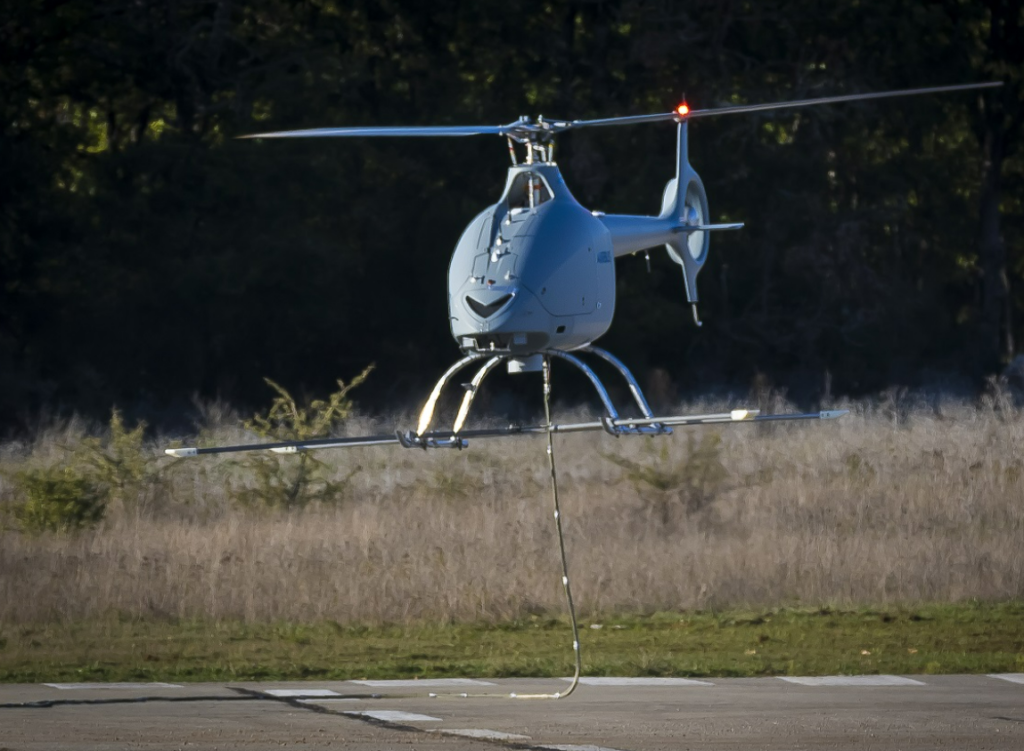

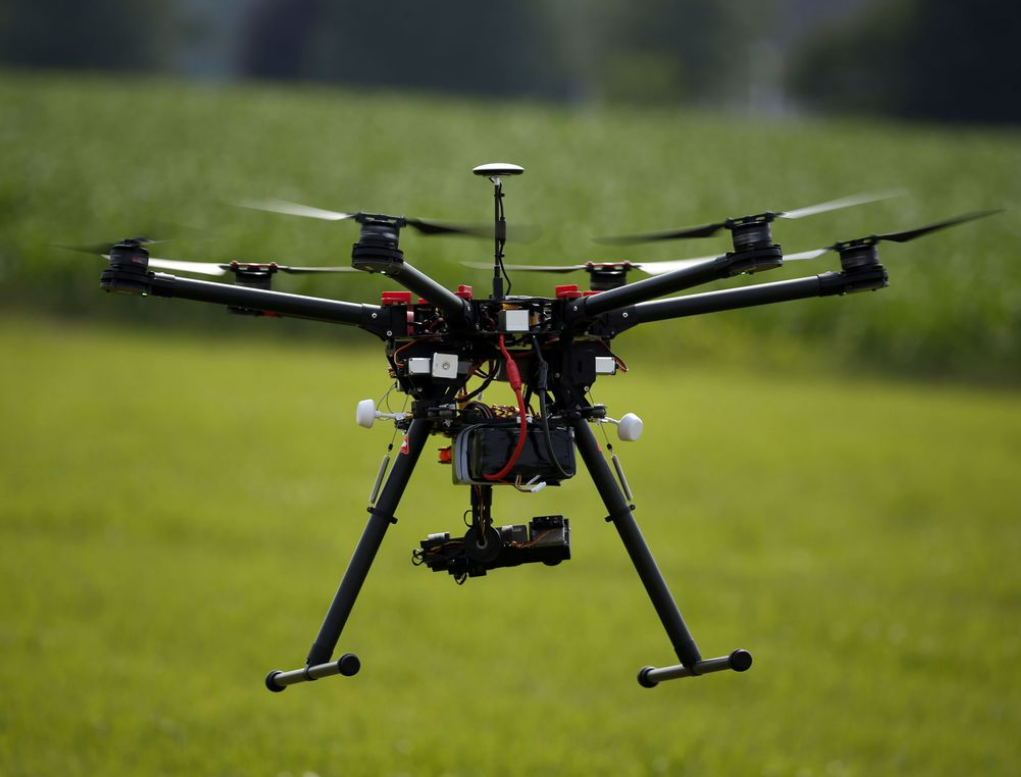






Rotorcraft are aircraft utilizing rotary wings or rotors for lift and propulsion, facilitating vertical takeoff and landing. With the capability to hover, move in any direction, and execute versatile flight maneuvers, these aircraft excel due to the control over their rotor system orientation.
HYBRID UAVs
A hybrid UAV merges aspects of both fixed-wing (aeroplane) and rotary-wing (rotorcraft) designs, allowing for vertical takeoff like a rotorcraft and efficient horizontal flight like an aeroplane. This versatility enables effective operation in diverse scenarios by seamlessly transitioning between vertical and horizontal modes.

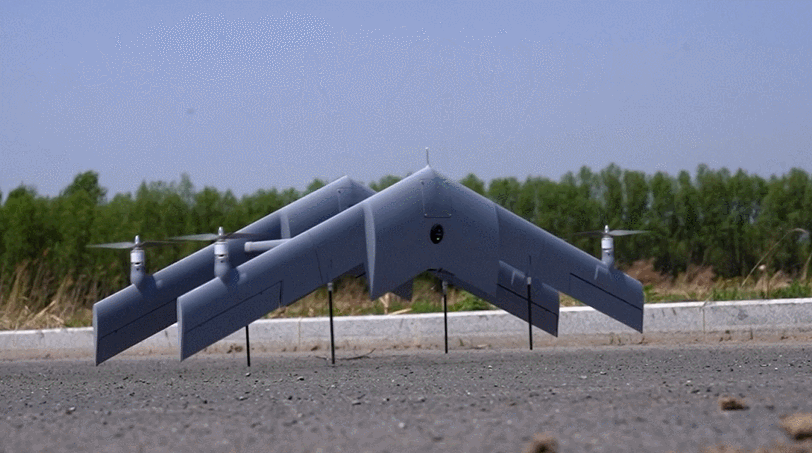
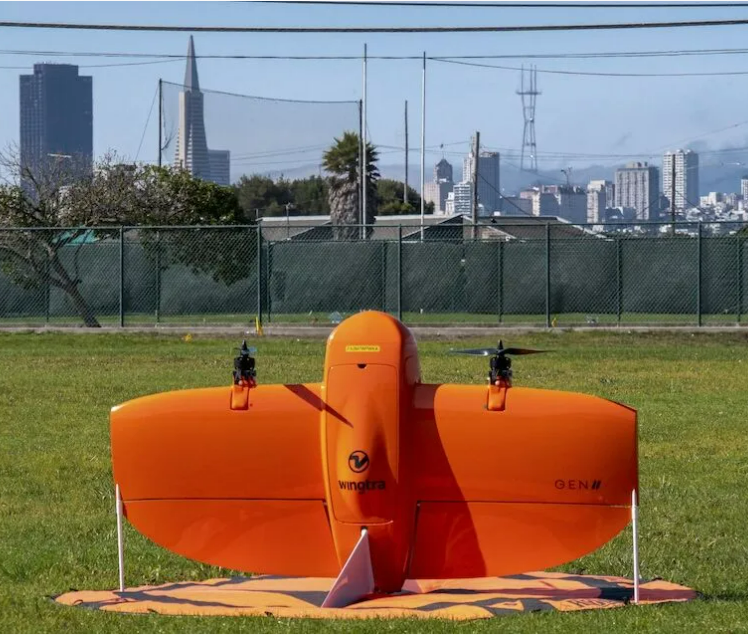






Sub-category
1 ) Remotely Piloted Aircraft Systems (RPAS):
These are UAVs controlled by a remote pilot, typically through a ground control station.
2 ) Model Remotely Piloted Aircraft Systems (MRPAS):
MRPAS refer to UAVs weighing no more than twenty-five kilograms. These systems are specifically for educational, research, design, testing, or recreational purposes and are operated within the visual line of sight (VLOS)of the remote pilot.
3 ) Autonomous UAVs:
Autonomous UAVs are unmanned aircraft that have the capability to operate and navigate without direct human intervention. These UAVs may have pre-programmed flight paths or utilize advanced technologies for autonomous operation.
Classification
The classification of the unmanned aircraft system is based on its maximum all-up weight, including payload, as follows:

Zones
The regulations provided by the Directorate General of Civil Aviation (DGCA) in India categorize airspace into different zones to ensure safe and regulated drone operations:

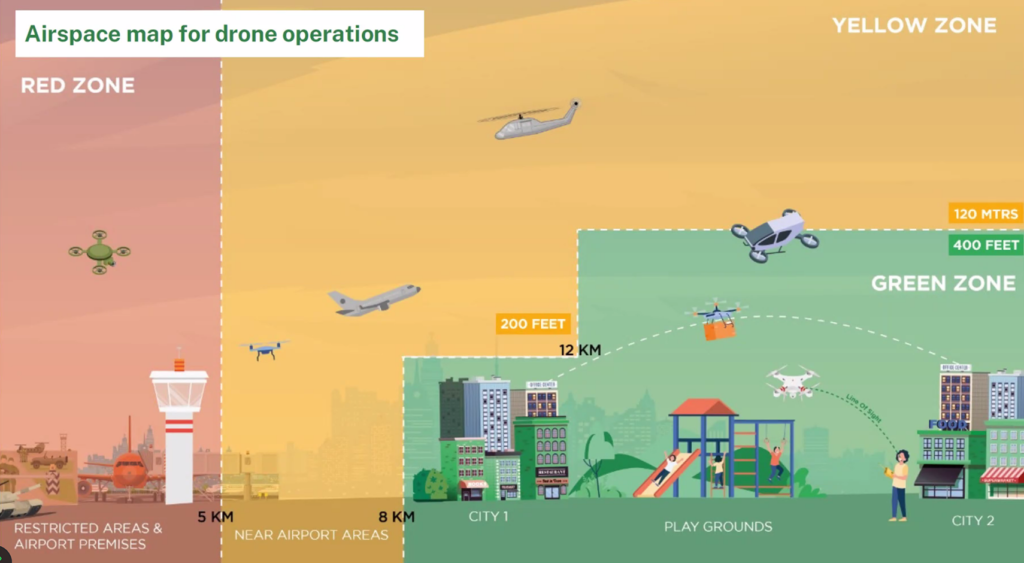
Green zone
The green zone comprises airspace up to 400 feet/120m, excluding designated red or yellow zones. Additionally, it includes airspace up to 200 feet/60m above the area located between 8-12 km from the perimeter of an operational airport. In green zones, no permission is required for operating drones with an all-up weight of up to 500 kg.
Yellow zone
The yellow zone extends above 400 feet /120m in designated green zones, above 200 feet/60m in the area between 8-12 km from an operational airport, and above ground in the area located between 5-8 km from an airport perimeter. Drone operations in the yellow zone necessitate permission from the relevant air traffic control authority, such as AAI, IAF, Navy, HAL, etc.
Red zone
The red zone constitutes a “no-drone zone” where drone operations are permitted only after obtaining permission from the Central Government. HAL, etc.
NOTE
Authorized entities may modify the airspace map periodically. It’s essential for anyone planning to operate a drone to check the latest airspace map for any alterations in zone boundaries.
The drone airspace map is accessible free of charge on the digital sky platform to all users without login requirements.
Temporary red zones are areas where drone flights are temporarily prohibited due to urgent circumstances, such as security threats, public events, or emergency situations. These zones are declared by the concerned State Government, Union Territory Administration, or law enforcement agency for a specified period, not exceeding ninety-six hours at a time. Temporary red zones are notified through the digital sky platform and highlighted on the airspace map. The declaration of a temporary red zone is made by an officer not below the rank of Superintendent of Police or equivalent, with an effort to maintain a reasonable size and ensure notification to affected parties within a five-kilometer radius. Despite notifications, remote pilots are responsible for verifying zonal restrictions on the digital sky platform before initiating drone operations.
Digital sky platform means the online platform hosted by the Directorate General of Civil Aviation for various activities related to the management of unmanned aircraft system activities in India; https://digitalsky.dgca.gov.in/home
FORMS
D1- Type Certificate (TC)
➢ Requirement for Type Certificate: To operate a drone in India, it must have a type certificate issued by the authorities, ensuring it meets specific safety and quality standards. This applies to all drones unless exempted by the rules.
➢ Certification Standards: The government sets standards for obtaining a type certificate, which may encourage the use of Indian-made technologies and navigation systems.
➢ Issuance of Type Certificate: The Director General or authorized entities can issue a type certificate based on recommendations and testing by the Quality Council of India or authorized testing entities.
➢ Application Process: Those seeking a type certificate must apply through a specified form (D1) on the digital sky platform, providing necessary details and documents, and physically handing over the drone prototype for testing.
➢ Approval from Foreign Regulators: Type certification may also be granted based on approvals from foreign regulators recognized by the Indian government.
➢ Regulation of Imports: The import of drones is regulated by the Directorate General of Foreign Trade or other authorized entities.
➢ Mandatory Safety Features: The government may specify safety features that drone owners must install, including,
- No Permission – No Takeoff (NPNT) hardware
- Real-time tracking beacons
- Geo-fencing capability.
➢ Exemptions: Some drones, such as,
- Model remotely piloted aircraft systems
- Nano unmanned aircraft systems
are exempt from requiring a type certificate for operation.
Type certificate is a crucial approval ensuring that drones meet safety standards set by the government before they can be operated in India.
D2- Unique Identification Number
➢Requirement for UIN: Every person intending to operate an unmanned aircraft system (UAS) in India must first register it on the digital sky platform and obtain a unique identification number (UIN), unless exempted by the rules.
➢ Registration Record: The Director General maintains a registration record of all UAS with issued UINs.
➢ Responsibility of Operator: The operator of a UAS is responsible for ensuring that the UAS has a valid type certificate and conforms to it.
➢ Application Process: To register and obtain a UIN, an applicant must submit an application in Form D-2 on the digital sky platform, along with the specified fee and details including the unique number of the type certificate the UAS conforms to.
➢ Issuance of UIN: Upon verification of details, the digital sky platform issues a unique identification number to the applicant. This number is linked to the unique serial number provided by the manufacturer, as well as the serial numbers of its flight control module and remote pilot station.
➢ Replacement of Components: If the flight control module or remote pilot station of a UAS is replaced, the operator must update the serial number of the new component on the digital sky platform within seven days from the date of replacement or before operating the UAS, whichever is earlier.
➢ Registration of Existing UAS: Owners of unmanned aircraft systems (UAS) manufactured or imported before November 30, 2021, need to get a unique identification number (UIN).
Unique identification number is a mandatory requirement for operating a UAS in India. It serves as a means of identification and tracking, linking the UAS to its manufacturer and its components. Owners must ensure timely registration and updating of information on the digital sky platform to comply with regulations.
D3- Transfer /Deregistration of UAS
Transfer of UAS:
➢ If someone wants to transfer ownership of a UAS through sale, lease, gift, or other means, they must provide details of the transferor, transferee, and the UAS’s unique identification number (UIN) using Form D-3 on the digital sky platform.
➢ Once the details are submitted, the transfer is recorded in the registration record maintained by the Director General, and a transaction number is generated by the digital sky platform after verifying the information.
Deregistration of UAS:
➢ If a registered UAS is permanently lost or damaged, the owner must apply for deregistration by submitting an application in Form D-3 on the digital sky platform, along with the required fee.
➢ Upon verification of the application, the deregistration is updated in the registration record maintained by the Director General, and a transaction number is generated by the digital sky platform.
D4- Remote Pilot Certificate
➢ No individual, except for someone with a valid remote pilot license listed on the digital sky platform, is allowed to operate an unmanned aircraft system (UAS).
➢ A remote pilot license specifies the category, sub-category, and classification of the UAS for which it is issued.
➢ Eligibility: To obtain a remote pilot license, an individual must:
- Be between eighteen and sixty-five years old.
- Have passed the tenth-grade examination or its equivalent from a recognized board.
- Successfully complete the training specified by the Director General from an authorized remote pilot training organization.
➢ Procedure for Obtaining:
- Individuals interested in obtaining a remote pilot license must complete the specified training and pass tests conducted by authorized remote pilot training organizations.
- Upon successful completion of training and tests, the training organization applies for the remote pilot license on behalf of the individual through Form D-4 on the digital sky platform.
- Once approved, the individual is issued a remote pilot certificate via the digital sky platform by the Director General within fifteen days.
➢ Validity:
The remote pilot license:
- Remains valid for ten years unless suspended or cancelled.
- Can be renewed by the Director General for up to ten years, subject to payment of specified fees and completion of refresher courses as required by the Director General.
➢ Exemption:
- A remote pilot license is not required for operating a nano unmanned aircraft system or a micro unmanned aircraft system for non-commercial purposes.
Remote pilot certificate is a mandatory requirement for individuals operating UAS, except in cases of exemption. It signifies that the individual has met the necessary training and qualification criteria set by the regulatory authority.
D5- Authorisation of RPTO
➢ Only authorized remote pilot training organizations are permitted to provide training to individuals seeking a remote pilot license.
➢ A remote pilot training organization must meet specific eligibility criteria as specified by the Director General to be authorized to impart training.
➢ Procedure for Authorization:
- Individuals intending to establish a remote pilot training organization must submit an application through Form D-5 on the digital sky platform along with the requisite fees.
- The Director General may issue authorization to establish a remote pilot training organization within sixty days if the applicant satisfies the specified criteria and meets the requirements for establishing such an organization.
➢ Validity:
- An authorization to establish a remote pilot training organization remains valid for ten years unless suspended or cancelled.
- It may be renewed for additional periods specified therein, up to a maximum of ten years at a time, upon payment of the specified fee.
➢ Training Requirements:
- Authorized remote pilot training organizations must adhere strictly to the requirements specified by the Director General on the digital sky platform regarding training, syllabus, infrastructure, instructors, proficiency testing, and issuance of remote pilot certificates.
- These training requirements are specific to the category, sub-category, and class of unmanned aircraft system.
A remote pilot training organization plays a crucial role in providing training to individuals seeking remote pilot licenses. It must meet stringent eligibility criteria and comply with training requirements set by the regulatory authority to ensure the competence and proficiency of remote pilots operating unmanned aircraft systems.
Air Traffic Control
Travel influencer who shares her adventures and travels on social media and personal blog.

Kate Stone
- Fashion Designer
Build Your Dream
Vision Got Larger
Build Your Dream
25 Years Of Undefeated Success
Lorem ipsum dolor sit amet, consectetur adipiscing elit. Pellentesque in ipsum id orci porta dapibus. Vivamus magna justo, lacinia eget consectetur sed, convallis .
512+
Successfully Project Finished.
25+
Years of experience with proud
1120+
Revenue in 2017 investment
1520+
Colleagues & counting more daily
Build Your Dream
Quality Services

Land Minning
Lorem ipsum dolor sit amet, consectetur
adipiscing elit. Pellentesque in ipsum.

Building Staffs
Lorem ipsum dolor sit amet, consectetur
adipiscing elit. Pellentesque in ipsum.

Material Supply
Lorem ipsum dolor sit amet, consectetur
adipiscing elit. Pellentesque in ipsum.

Conslutancy
Lorem ipsum dolor sit amet, consectetur
adipiscing elit. Pellentesque in ipsum.

Architecture
Lorem ipsum dolor sit amet, consectetur
adipiscing elit. Pellentesque in ipsum.
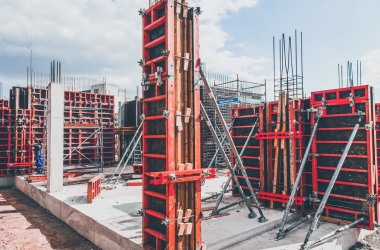
Crane Service
Lorem ipsum dolor sit amet, consectetur
adipiscing elit. Pellentesque in ipsum.
Sustainability
Committed To Keep People Healthy & Safe
We Follow Best Practices
- Sustainablility
- Project On Time
- Modern Technology
- Latest Designs
Sustainability
Transform Communities Across the Globe
Canada
4446 Noble Rd, Cortes Island
United States
2367 Speers Road, Brampton
Australia
3851 49th Avenue, Kugluktuk
About Founders
We Are Leading International Company In The World
Steven Marks
CEO
Lara Smith
CTO
John Doe
COO
About Founders
Our Latest Works
Science Lab Building
New York, USA
Long Gate Bridge
Malmo, SE
Enix Lawyer Building
Toronto, CA
Deep Sea Bridge
Athens, GR
Whar Our Clients Say
Testimonials

Engineering Manager
Alice Howard
Lorem ipsum dolor sit amet, consectetur adipiscing elit. Ut elit tellus, luctus nec ullamcorper mattis, pulvinar dapibus leo.

Interior Designer
Nathan Marshall
Lorem ipsum dolor sit amet, consectetur adipiscing elit. Ut elit tellus, luctus nec ullamcorper mattis, pulvinar dapibus leo.

Architect
Ema Romero
Lorem ipsum dolor sit amet, consectetur adipiscing elit. Ut elit tellus, luctus nec ullamcorper mattis, pulvinar dapibus leo.

Manager
Ann Smith
Lorem ipsum dolor sit amet, consectetur adipiscing elit. Ut elit tellus, luctus nec ullamcorper mattis, pulvinar dapibus leo.
Request a Quote
Learn More From
Frequently Asked Questions
Copyright 2024


